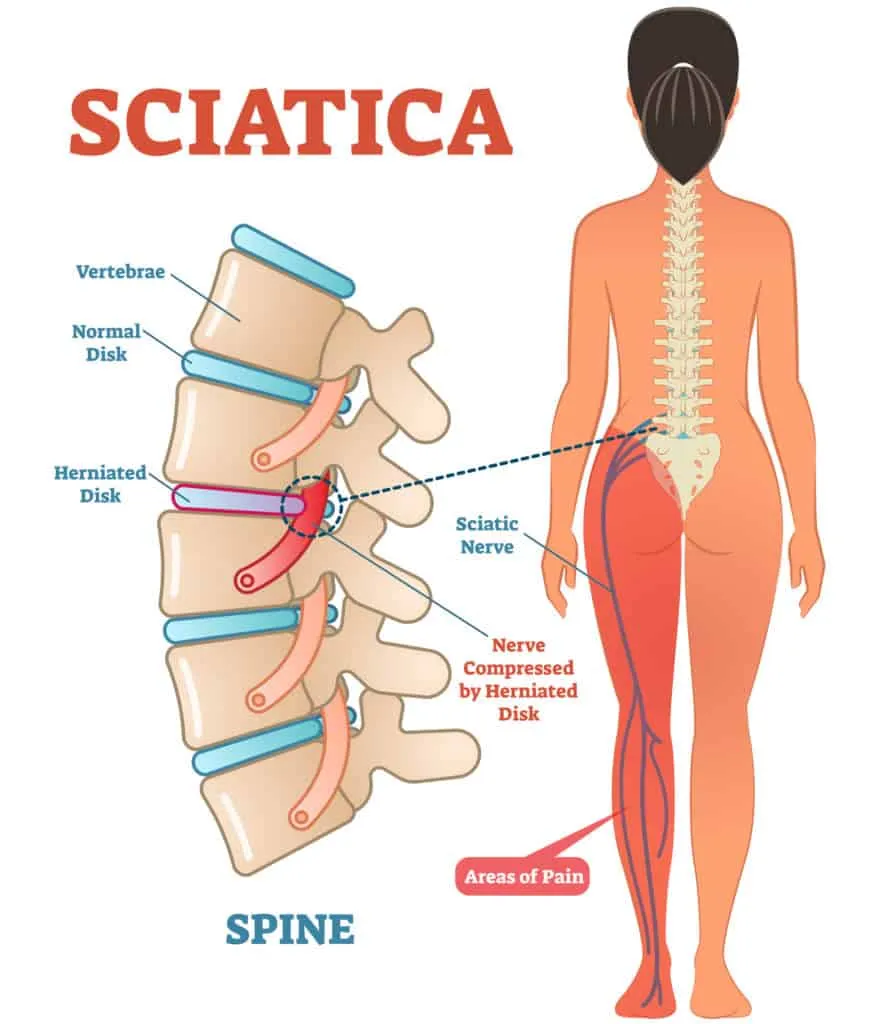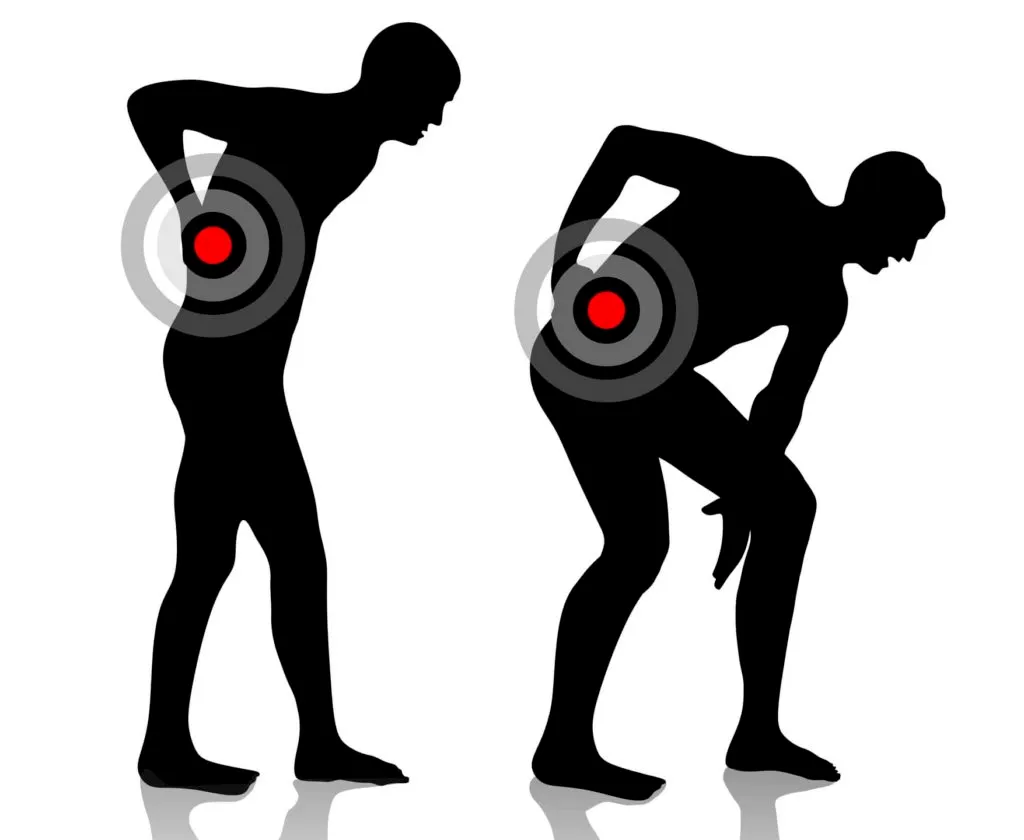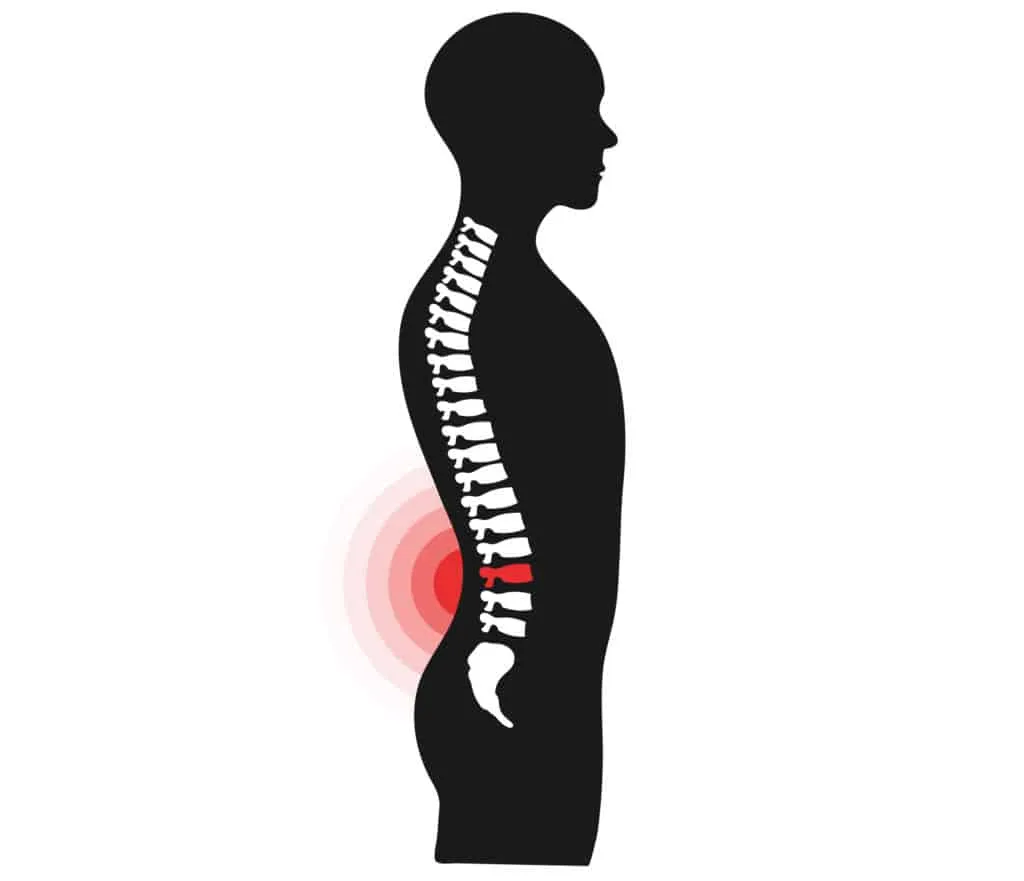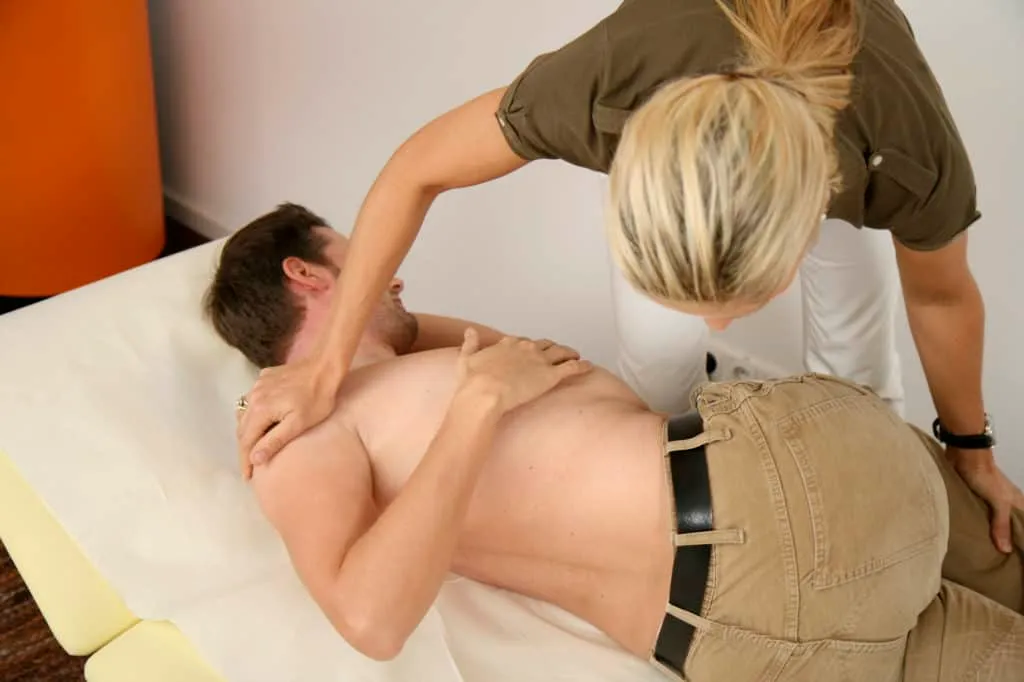
Sciatica. You’ve probably heard the term mentioned by your doctor, a friend, family member, or an online article. But what is it? How common is it? And what does it have to do with your back/leg pain?
In a nutshell, sciatica is the name given to pain caused by your sciatic nerve. Irritation of the sciatic nerve, to be exact. Anything that irritates this nerve results in chronic discomfort and consistent levels of pain.
The cause? Sciatica is usually the direct result of a compressed nerve in the lower spine. However, the term ‘sciatica’ is often confused with general back pain, so don’t let that misconception fool you. It’s all too easy to muddy the waters between sciatica and back pain. Sciatica is certainly not just limited to your back!
More Sciatica Blogs From Simply Physio
3 Things that Cause Sciatica And Back Pain That You Didn’t Know Until Now!
Top 5 Tips For Fixing Sciatica
Sciatica: When Do I Use Ice Or Heat?
Experts believe that nearly 40% of people will experience sciatica at least once in their life. It’s also worth pointing out at this stage that sciatica is not actually viewed as a condition, but rather a symptom of whatever is irritating your sciatic nerve.
So, what’s the big deal about this nerve?
The sciatic nerve is the longest (and also the widest) nerve in the human body, running from the lower back, through your buttocks, and down your legs. It ends just before the knee.
The sciatic nerve controls several muscles in the lower leg, and remains responsible for sensation across the majority of your lower leg and into the skin of your foot.
What Symptoms Of Sciatica Should I Be Aware Of?

Ok. So this is where it gets a bit complicated to diagnose. I mean, how can you really tell that it’s sciatica? It’s not exactly classed by medical experts as a ‘condition’, and masquerades behind other aches and pains.
To become aware of the symptoms, you first need to comprehend that when inflammation pinches (or aggravates) your sciatic nerve, it effectively becomes sciatica. This can begin as shooting pain in your lower back, and continue down into your knee and leg.
Yet, you may also feel discomfort in other seemingly unconnected areas of your body. For example, down the outside of your leg or down the side of your hip.
It can also radiate as knee pain – after weakening the muscles in and around your knee. Sciatica has also been known to bring about tingling or numbness in a person’s feet.
What Are The Causes Of Sciatica?

The root causes of sciatica vary from person to person. Some individuals can feel the effects of sciatica through herniated disks, pregnancy, osteoarthritis, spinal injury, or degenerative disk disease (amongst other conditions).
Now, until you have a confirmed diagnosis of what’s causing your pain, it’s almost impossible to properly counteract the pressure on your sciatic nerve. If the cause is not immediately apparent, then we’d advise that you speak with your doctor.
You may need to undergo a few tests, and maybe an X-ray, to fully confirm the cause of your pain. After that, a physical therapist can formulate an appropriate plan to deal with any underlying causes.
Don’t let this diagnostic process put you off, though! Remember: once the underlying cause is identified, then a physical therapist can treat your sciatica and the cause at the same time.
How Can A Physical Therapist Fix Sciatic Nerve Pain?

While it’s tempting to turn immediately to prescription painkillers, doing so can lead to a dependency on pills. And these pills only mask the pain, they don’t fix the problem.
By turning to a physical therapist (after your doctor’s diagnosis), they will be able to administer a combination of tissue mobilization and exercise therapies. Of course, everyone is different, and therefore specific exercises will depend on each individual’s underlying cause.
Treatments are bespoke to each individual, taking the patient’s level of pain, overall condition, and situation into account. Our training and experience will ensure that you get better, regardless of condition.
So, what can a physical therapist do to help?
Well, where to start!
Extension and flexion of back exercises can make a huge difference in relieving pain. By promoting the correct movement of your spine with exercises that include bending backwards (extension) and forwards (flexion), you will feel the benefits of what’s known as the McKenzie method – also known as MDT (Mechanical Diagnosis and Therapy).
The what method?
The McKenzie Method (MDT) is a technique that utilizes a series of active movements in each direction to treat pain at its source in the spine, muscles, and joints. The theory behind this approach revolves around centralizing a person’s discomfort to then vanquish the pain through exercise, thus reducing the symptoms that radiate from your lower back.
Then there’s strengthening exercises, used to strengthen the muscles around your abdomen, hips, legs, and lower back. Alongside these exercises are also Isometric exercises (such as planking) and the use of resistance bands and weight training. This all helps to build muscle strength.
Another successful treatment method is functional retraining. This involves carrying, lifting, bending, and squatting.
Activity, Activity, Activity!

Alongside any physical therapy treatments, committing to more activity and an ergonomically supported posture will also help to fix sciatica. By sitting, standing, and walking correctly, you can aid your recovery from sciatica faster, and also prevent it from returning in the first place.
Improper spinal cord alignment arguably remains the most common cause of sciatica. In addition, good posture helps to stabilize the lower body and relieve excess pressure on the nerves.
By learning how to carry weights properly, and understanding the mechanics of your biological structure, you’ll help your body to alleviate and prevent future sciatic-nerve related pain.
The same goes for your sleeping position. Ensure that you are not scrunched up or slouching when going to sleep, as this can compress areas around your sciatic nerve.
When the sciatica becomes severe, and patient’s find the pain hard to deal with, it’s common advice to rest for a couple of days. But don’t get into the form of only resting. That won’t address your pain.
In fact, prolonged rest and increased bouts of inactivity is only going to cause further problems. Resting for long periods of time can lead to degeneration and deconditioning of your muscles and joints.
Regular movement is imperative in permitting the necessary healing and recovery that’s required to get back to a healthy life.
Extra Things You Can Do To Combat Sciatica

By keeping active, resting strategically, and seeking help from a physical therapist after your condition is diagnosed, you’ll be well on track to conquering sciatica.
But there are extra things you can do.
First off, take a look at your diet. We aren’t suggesting that you need to register for WeightWatchers or anything like that, but consider your weight and the strain you put your back under.
Put simply, if you are overweight then you are putting extra pressure on your back. Don’t forget, we store sugar on our back; any energy that we don’t use is stored for later there. Another place that it can be stored, along with caffeine, is at your lower back.
That’s a whole lot of strain on that area of your body!
To beat this, try to cut down on processed foods (including the aforementioned sugar and coffee). Opt for more natural foods, including fish, chicken, eggs, vegetables, fruits, and nuts. But it doesn’t count if they are fried!
We’ve already spoken about the lack of exercise, but we’ll say it again. Get active! Do more than just a short walk. Set some time aside for a visit to the gym, play some sports, and do flexibility exercises.
Stretches – before and after exercise – can help with flexibility big time. While its main focus is to get rid of the lactic acid you have built up from exercise, it will bring relief to your sciatica, too.
Then there’s yoga. Yoga is a great exercise to add into your daily routine. Yoga may include stretches that you are already familiar with. Yet, yoga is so much more than a few stretches!
Yoga helps you focus on your breathing, making you feel less stressed, and can ease tension as the movements relax the muscles and it increases your flexibility.
And then there’s the mother of all overlooked causes of sciatica. How old would you say your mattress was?
Hold up. How does an old mattress cause sciatica issues, exactly? It’s quite simple, really.
Although it may have been very supportive in the beginning, over time the springs can wear and ultimately not give you the support you need. If you can’t get to sleep comfortably, and place pressure on your hips and back, then your sciatica will continue to shadow your daily life.

So – time for change, yeah?
Get in touch with us. We can help you fix that sciatica problem and get you back to health, without the need for dependence on painkillers.
The situation will feel more manageable, and your days will feel brighter. Don’t suffer in silence.
We look forward to helping you out!
This is an updated version of an article originally published by John-Mark Chesney of Simply Physio Knoxville on August 3, 2020. You can read the original article here.


